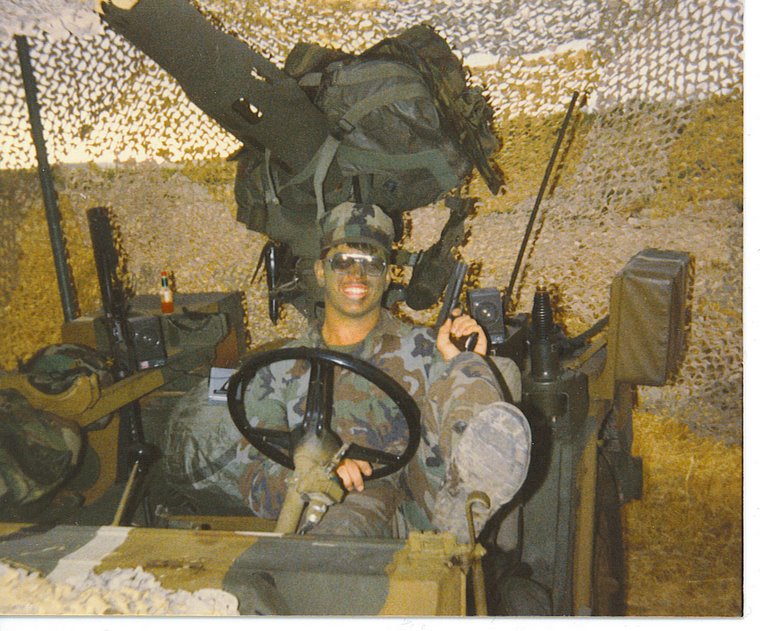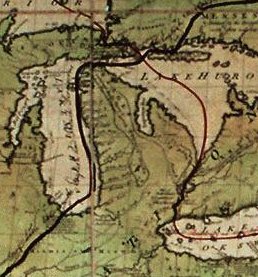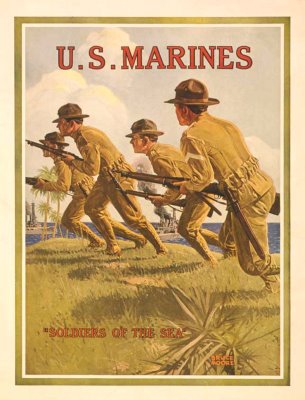Subject: the Ghost of General Patton
STRONG LANGUAGE, BUT THE NAIL HAS BEEN HIT ON THE HEAD!
A Message from the Ghost of General Patton....
ATTENTION!
To those whining, panty-waisted, pathetic Maggots, it's time for a little refresher course on exactly why we Americans occasionally have to fight wars.
See if you can tear yourself away from your "reality" TV and Starbucks for a minute, pull your head out of your flabby ass -- and LISTEN UP!!
Abu Ghraib is not "torture" or an "atrocity".
This is the kind of thing frat boys, sorority girls, and academy cadets
do to newcomers.
A little fun at someone else's expense. Certainly no reason to wring your hands or get your panties in a wad
Got that Kennedy?
THIS IS an atrocity!
So Was This!!!
WHICH PART DON'T YOU GET?
Islam a peaceful religion???
Millions of these sons-of-bitches are plotting as we speak to destroy our country and our way of life any way they can. Some of them are here among us now.
They don't want to convert you and don't want to rule you. You are a vile infestation of Allah's paradise. They don't give a shit how "progressive" you are, how peace-loving you are, or how much you sympathize with their cause.
They want you dead, and think it is God's will for them to do it. And you think Bush and Cheney are your worst enemies?
Some think if we give them a hug or listen to them, then they'll like us... and if you agree? Then you are a dumb ass!
If they manage to get their hands on a nuke, chemical agents, or even some anthrax -- you will wish to God we had hunted them down and killed THEM while we had the chance.
Stop bitchin' about your damn Health Care, Social Security, Gas prices, and your measly 4.4% unemployment rate...and start worrying about you, and your family's, and your friends' asses.
How many more Americans must be beheaded before you stop blaming Bush for all your troubles --
You've fallen asleep AGAIN, maggots!
And you may not get another chance!
NOW GET OFF YOUR SORRY ASS -
and pass this on to any and every person you give-a-damn about..
if you ever gave a damn about anything
DISMISSED
See if you have enough balls to forward this email. The truth shall set you free!



































